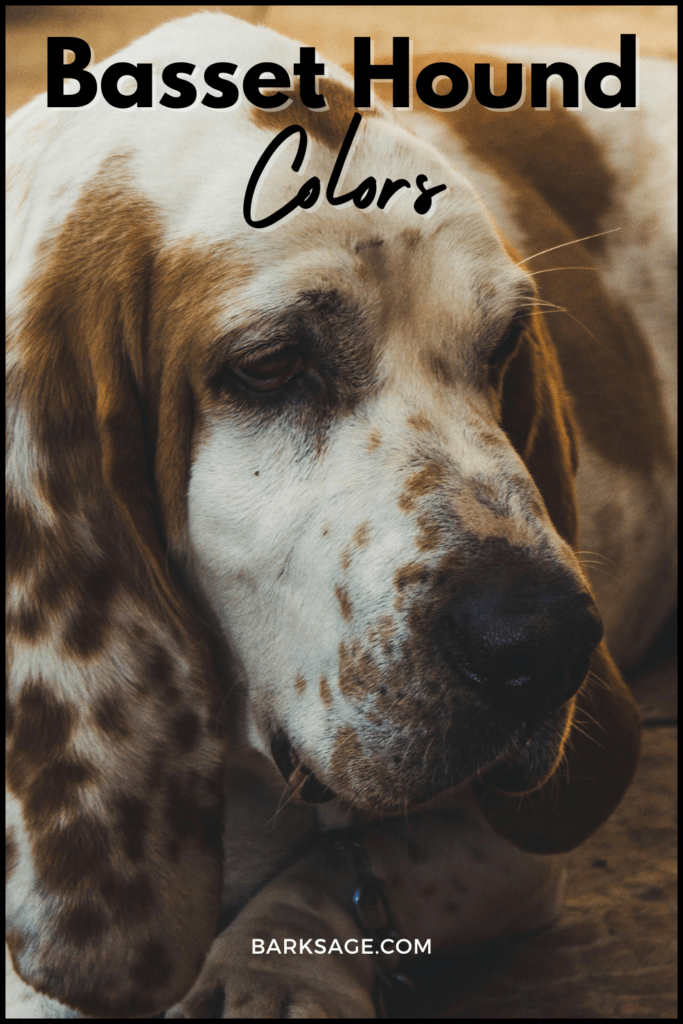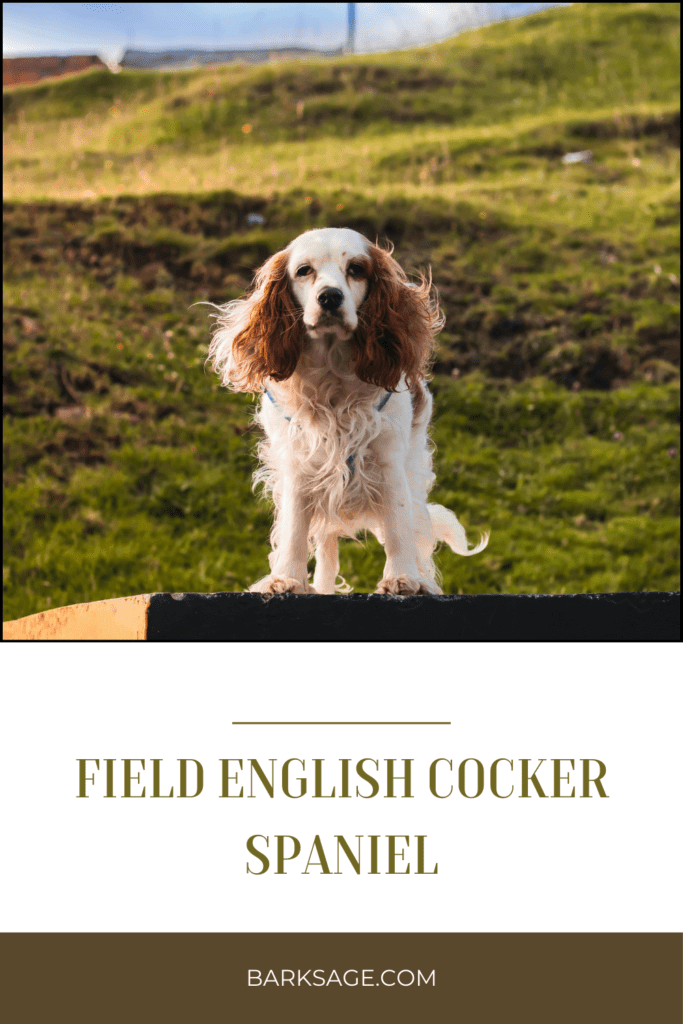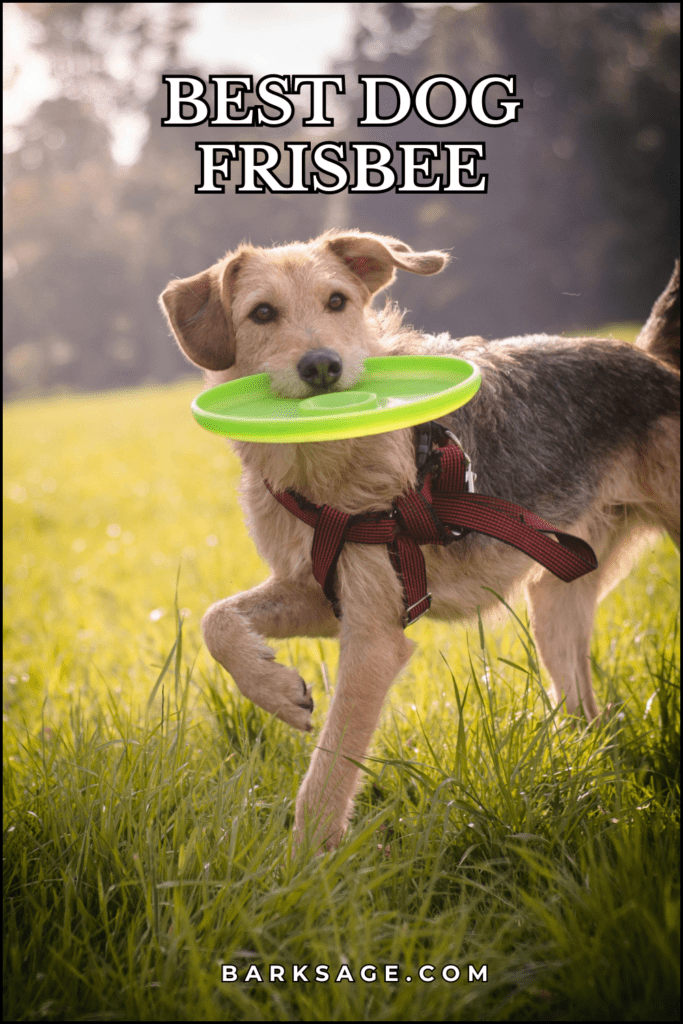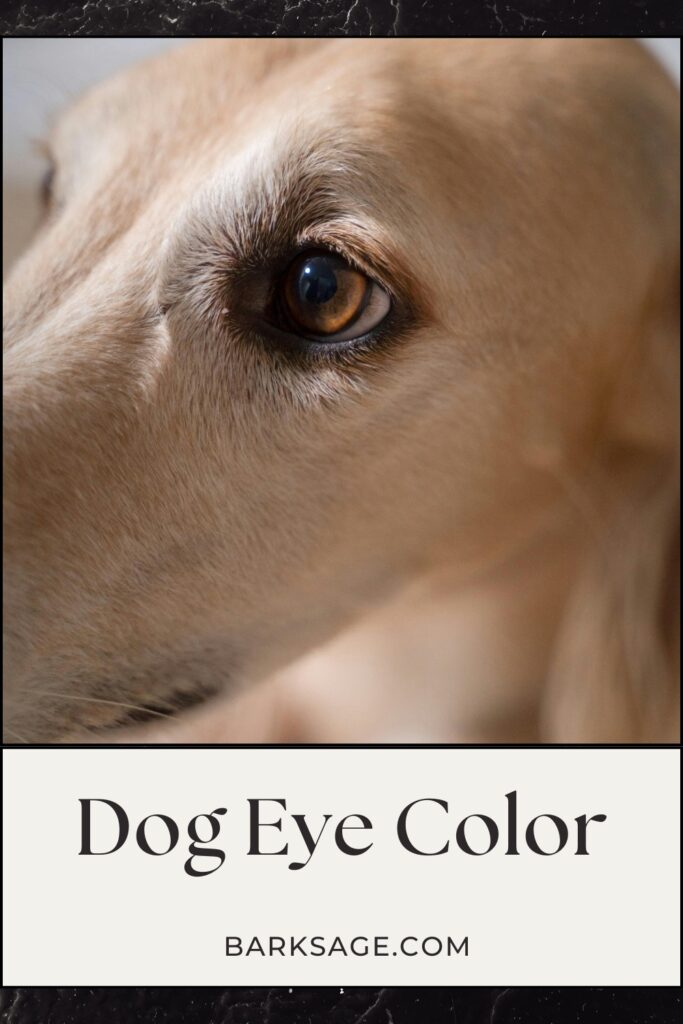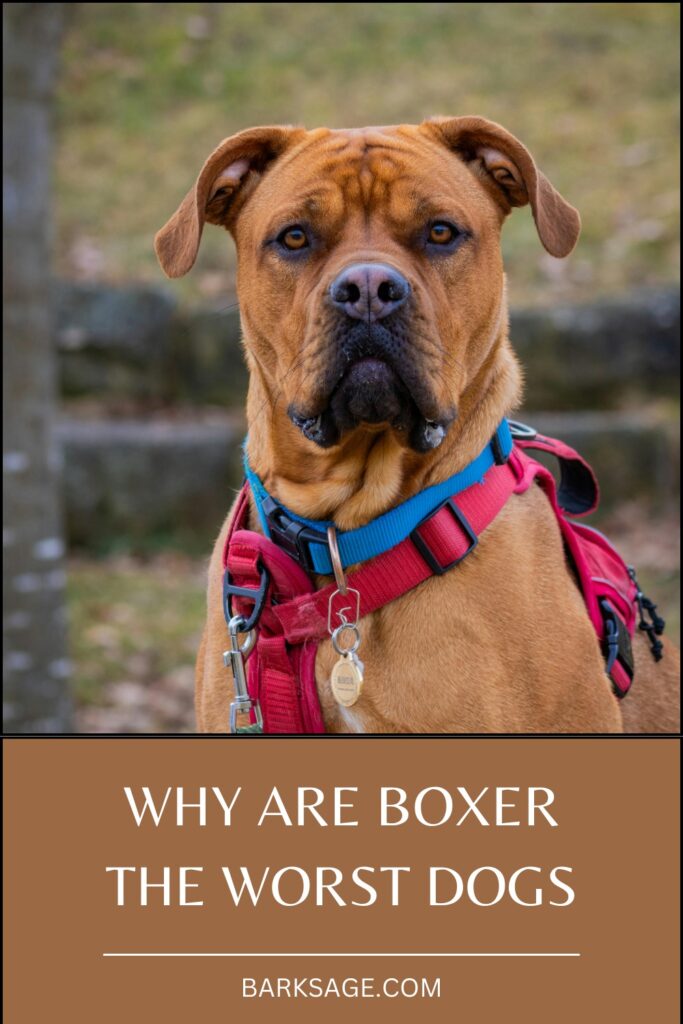Basset Hound Colors : Everything You Need To Know
Basset Hounds are recognized by their droopy ears, soulful eyes, and fun-loving nature. They show a wide range of Basset hound colors and coat patterns. These can be from the usual tri-color scheme to special mixes like lemon and white.1 The American Kennel Club (AKC) accepts tri-color and bi-color as standard. Yet, Basset Hounds also appear in unique color varieties. These include black, red, and white; tan and white; black and brown; and many more.1 A Basset Hound’s coloring is the result of genetic factors. This complexity leads to various looks even among siblings.1 While the tri-color design is found in most hounds, special patterns like mahogany and white or gray and white are prized.1

A basset hound sitting in a field of green grass with a color palette of warm browns and creamy whites, its long ears swaying in the breeze as it gazes off into the distance. The sun shines down on its fur, highlighting the intricate patterns and marking on its coat.
Key Takeaways
- Basset Hounds come in a wide range of colors and patterns, including the classic tri-color and bi-color.
- Coat color is determined by a combination of genetic factors, leading to variations within the same litter.
- Rare colors and patterns, such as mahogany and white, gray and white, and blue and white, are highly prized by breed enthusiasts.
- The most common color for Basset Hounds is the tri-color pattern.
- Bicolor patterns, such as lemon and white, red and white, and black and white, are relatively common.
Basset Hound Pictures
Basset Hound Coat Types
Basset Hound Coat Patterns
Basset Hound Rare Coat Colors
basset hound coat patterns
The Kaleidoscope of Basset Hound Colors
The most common and iconic color is the tri-color pattern on Basset Hounds. It combines black, white, and tan or mahogany. Usually, black is the main color, then white, and lastly tan or mahogany.2 This color pattern is adored for its contrast and traditional hunting look.2
The Understated Elegance of Lemon and White
Lemon and white Basset Hounds feature a soft yellow or light tan with white. This makes them look gentle compared to the bold tri-color pattern.3 As lemons age, their color may deepen but remains subtle. Their unique look adds an air of sophistication. Plus, it’s not as common, making them a special choice.
The Warmth of Mahogany and White
Mahogany and white Basset Hounds have a deep red with white contrast. This stunning mix showcases warmth and is loved by many.2 The mahogany usually shows on the back, ears, and sides. Meanwhile, white is on the belly, legs, and a “blaze” runs up their face. This look not only emphasizes their signature wrinkles but also their deep, dark eyes.
Basset Hound Colors: Genetics
Among the many Basset Hound colors, some are very rare. The most fascinating ones include the blue and white and chocolate and white Basset Hounds.
The Rarity of Blue and White
Blue and white Basset Hounds are not common. Their blue is not the usual bright blue. Instead, it’s a diluted black that looks like a deep slate or grayish blue.4 This shade comes from a genetic dilution that affects the usual black pigment. These dogs really stand out, thanks to their unique color, alongside the usual white marks. But, it’s good for prospective owners to know that the blue color can sometimes bring skin issues, known as color dilution alopecia.4
The Luxurious Chocolate and White
Chocolate and white Basset Hounds are absolutely stunning. They have a warm, rich chocolate-brown color mixed with white. This mix is exceptional, making their eyes and ears even more endearing against this background.1 Chocolate is quite rare and highly valued, seen as a luxurious color for these dogs. The chocolate parts are paired with large white patches, seen on their face, chest, neck, and paws.1

Create an image of a group of basset hounds showcasing their unique coat colors. Show the different patterns and shades that can be found in their fur, highlighting the genetics behind each rarity. Use warm, earthy tones to convey the warmth and friendliness of these adorable dogs.
Conclusion
Basset Hounds come in many beautiful colors. These colors make them even more charming.1
The classic tri-color is loved. But, the unusual blue and white is also adored. Each color is special and adds to their charm.1
They are known for being friendly and unique-looking. This makes them a top pick for dog lovers worldwide.5
The range of Basset Hound colors shows their diversity. This includes common colors like black, brown, and white. Plus, unique shades like lemon and chocolate.5
Their beauty is in many colors. Even though tri-color is popular, rarer colors are now enjoyed.1
Basset Hounds win hearts with their lovely looks and color choices. Families can pick from many colors. This shows their lasting appeal.5
FAQ
What are the standard colors recognized by the American Kennel Club (AKC) for Basset Hounds?
The AKC recognizes tri-color and bi-color as the standard colors for Basset Hounds.
What are some of the non-standard colors and patterns found in Basset Hounds?
Besides standard colors, Basset Hounds come in many non-standard ones. This includes black, red, and white. Other combinations are tan and white, black and brown, and more.
What is the most common and iconic color pattern for Basset Hounds?
The tri-color coat is iconic. It is a mix of black, white, and tan. Or sometimes mahogany in place of tan.
What is the lemon and white Basset Hound color variation?
Lemon and white Basset Hounds are a light yellow with white markings. They look softer than the usual colors.
What is the mahogany and white Basset Hound color variation?
Mahogany and white Basset Hounds are rich red with white. They are warm in color and loved by many.
What is the blue and white Basset Hound color variation?
Blue and white Basset Hounds are very rare. Blue is a diluted black. It looks like a deep grayish blue.
What is the chocolate and white Basset Hound color variation?
Chocolate and white Basset Hounds are stunning. They have a smooth chocolate-brown color with white. This makes their eyes and ears stand out.
What is the significance of the different Basset Hound color variations?
The varied colors make Basset Hounds even more charming. Each color highlights their unique beauty. This helps make them popular among dog lovers.
Source Links
- https://www.dogster.com/lifestyle/basset-hound-colors-patterns
- https://basset-bhca.org/wp-content/uploads/2018/11/FAB-DISCOVER-THE-BASSET-WEBSITE-EDITION-edit.pdf
- https://basset-bhca.org/find-a-basset/the-right-dog-for-you/
- https://www.basset.net/threads/genes-and-coat-coloring.39793/
- https://www.hepper.com/basset-hound-colors-patterns/

